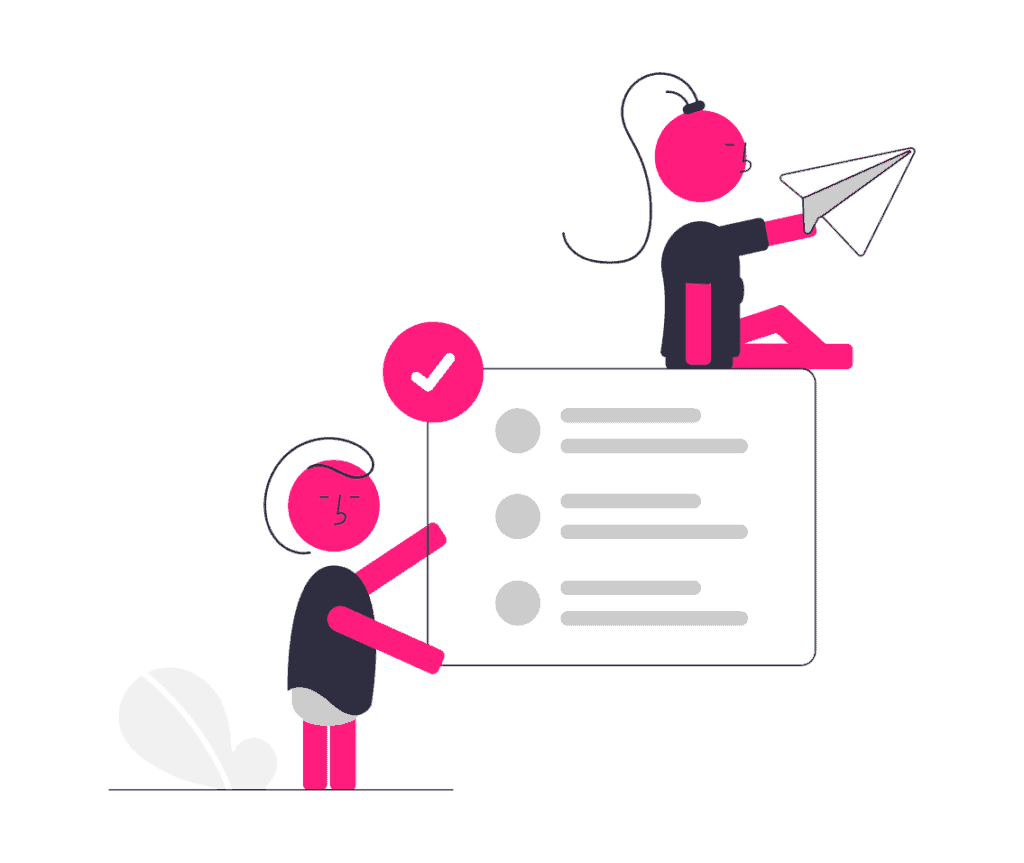Worried about plastic bags? You want something better? PP Ikke-vævede poser offer an option, but are they right for you?
PP non-woven bags have many benefits like durability, being cost-effective, and they are easy to customize for brands. But they also have drawbacks, such as not fully breaking down in nature and not being as strong as some other materials.

People often ask me about the best bag materials. PP non-woven bags come up a lot. We need to look closely at what they are good for and where they fall short. Let’s find out more.
What are PP non woven bags made of?
Have you seen these bags everywhere? Do you wonder what they are actually made from? It’s a common question people ask me.
PP non-woven bags are made from polypropylene resin. This is a type of plastic. The fibers are bonded together using heat or chemicals, not woven like cloth, which gives the material its name "non-woven".
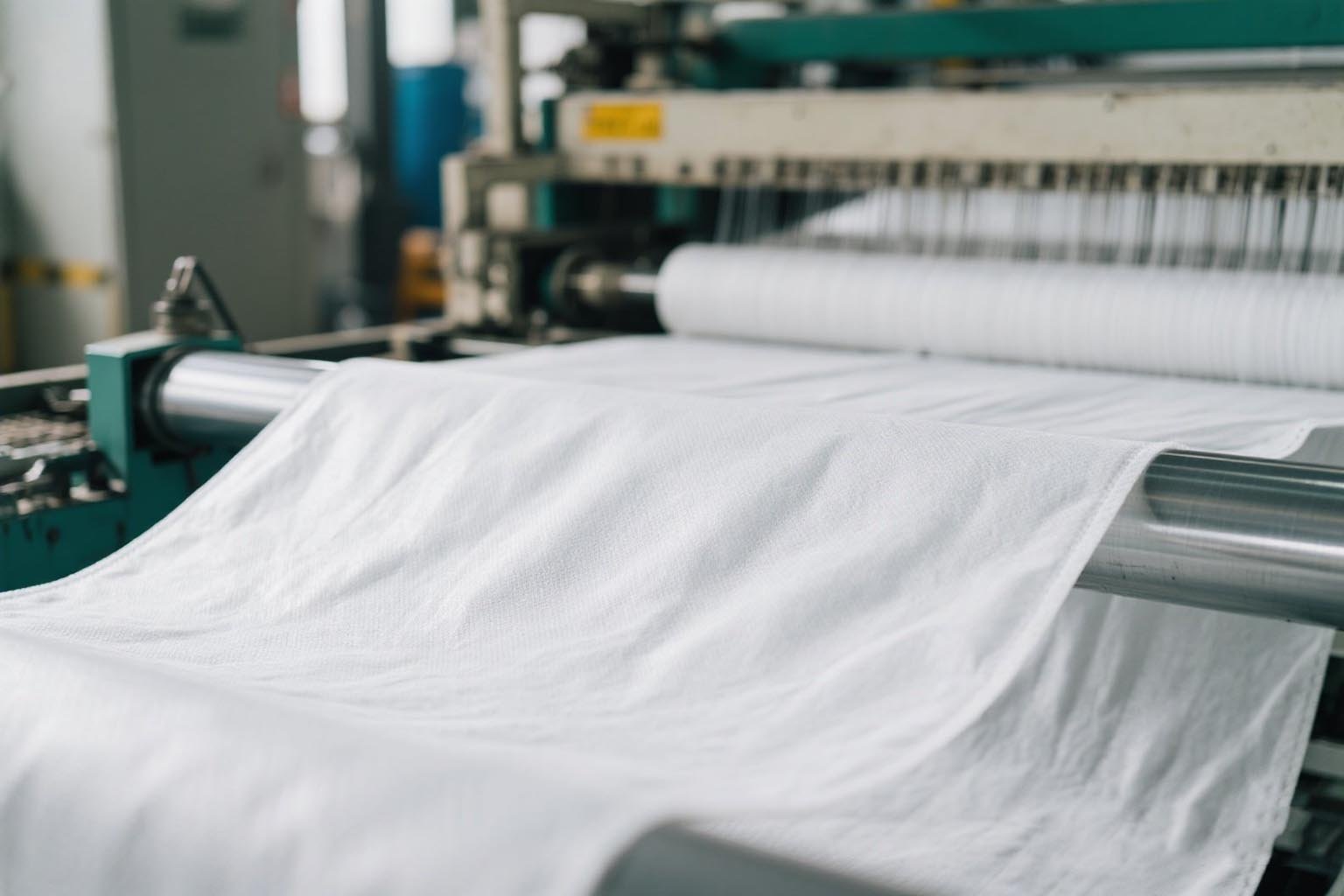
The base material is polypropylene. It starts as small plastic pellets. These pellets are heated and melted. Then, they get pushed through tiny holes to make long, thin fibers.
These fibers are not woven together on a loom like cotton or canvas fabric. Instead, they are laid down in a random way. Think of it like a mat of fibers.
After the fibers are laid out, they are bonded together. This bonding can happen with heat and pressure, or sometimes with chemicals. This process is called spunbonding1 eller thermal bonding2, among others. The result is a fabric-like material3 that is strong but also flexible.
Because it is made from plastic, it does not soak up water easily, especially if it has a coating or lamination. This makes it good for shopping bags that might get wet. This material is less expensive to produce in large amounts compared to natural fibers like cotton.
I remember visiting a material factory years ago and seeing this process. It was fascinating to watch the fibers turn into this sheet of material. It felt different from woven fabric. It was smooth and kind of papery, but also felt strong. This process is what gives the bags their unique properties, like being lightweight and easy to print on. Understanding the material helps you see why the bags act the way they do, both the good and the bad.
What’s the advantage of using pp non woven bags?
Looking for a bag that is useful but also better than single-use plastic? PP non-woven bags offer many good points for businesses and shoppers.
PP non-woven bags offer several benefits, including being durable, lower in cost compared to natural fabrics, and providing a good surface for printing. They are also lightweight and can be reused many times.
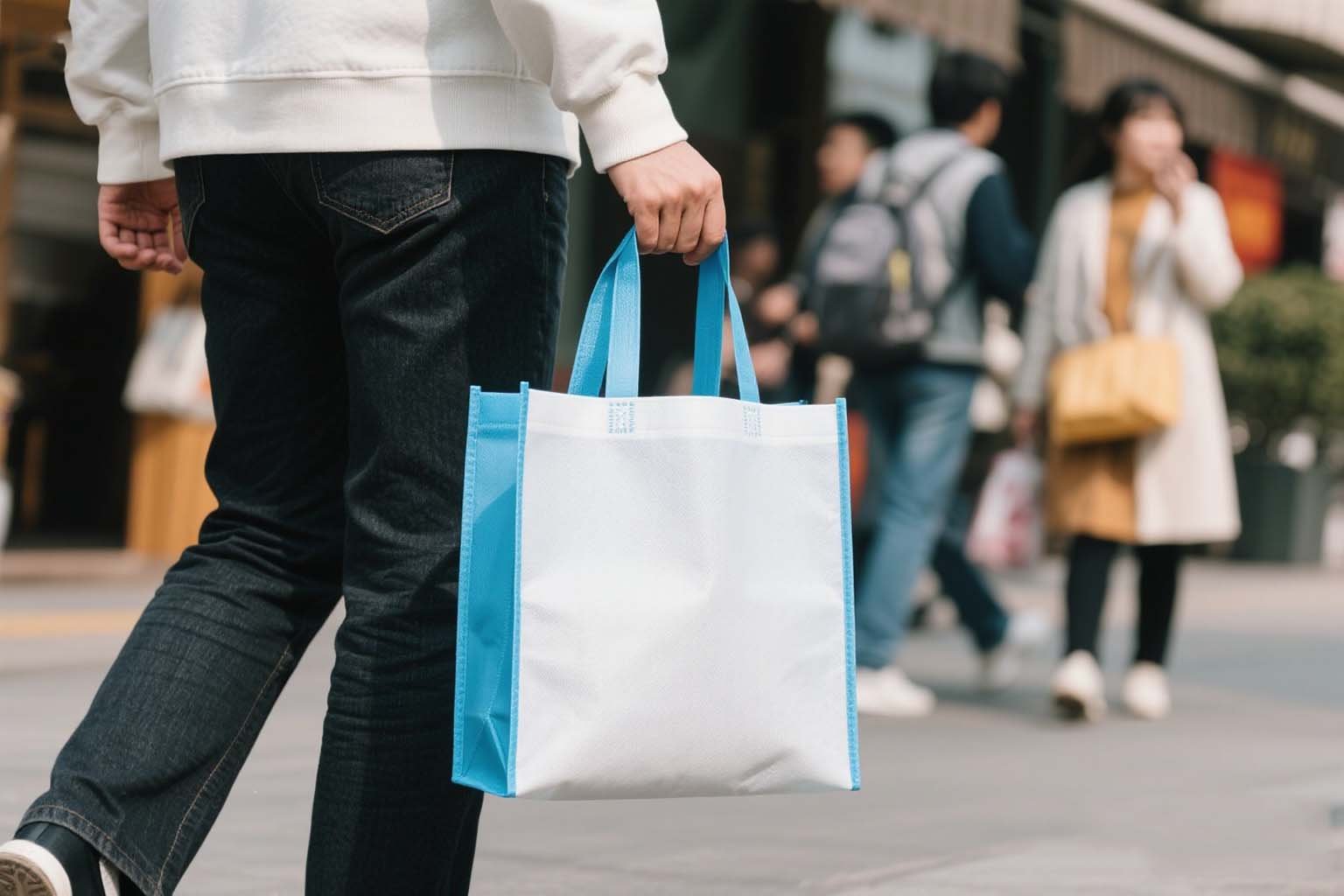
Holdbarhed:Using PP non-woven bags has many upsides. One big plus is their durability. They are much stronger than thin plastic bags you get at the store. They resist tearing better. This means people can use them again and again for shopping or carrying things. I have seen bags last for hundreds of uses if treated well.
Cost effetive:They are also more affordable than bags made from cotton or jute. This makes them a good choice for companies wanting to give out branded bags without spending a lot. They need fewer resources to make compared to some other options. Compared to single-use plastic, they are definitely more friendly to the environment because they are reused.
Letvægt:If the bag is not coated, the material breathes. This makes it lightweight and easy to fold up small. You can carry it in your purse or pocket. Many bags have a plastic film added, which is called lamination. Laminated bags are water-resistant. If something spills, you can just wipe the bag clean. This is great for grocery shopping. You can even get them made into cooler bags by adding special linings inside, like aluminum foil.
Easy to customize: You can print logos, pictures, and text on them at a low price. This makes them perfect for advertising or events. They can be made using sewing machines or by heat sealing, which can be faster.
Long life time:If you keep them clean and dry them right, you can use them a lot. I remember one client who switched from canvas bags to non-woven for a large event. They saved a lot of money and the attendees still loved the bags. The print quality was excellent too. They carry a good amount of weight, usually up to 44 pounds, which is plenty for most shopping trips. Their ability to fold flat saves space at home or in a store.
What’s the backwards of using PP non woven bags?
Every product has its downsides. While PP non-woven bags are popular, there are things about them that are not so great.
PP non-woven bags have some disadvantages. They are not naturally biodegradable, meaning they don’t break down easily in nature. They can become weak in bright sunlight and may tear with very heavy or sharp items.

Not Compostable:It is important to look at the negatives of PP non-woven bags too. A major point is that they are not biodegradable. Since they are made from plastic, they do not break down in the ground like cotton or paper bags do. They stay around for a very long time. This is a big concern for the environment if they end up in landfills.
strength limit: While stronger than thin plastic, they are not as strong as thicker canvas or jute bags. If you put really heavy items or things with sharp corners in them, they can get damaged. I once had a bag tear when I put a box with sharp edges inside. It was a good reminder that they have limits.
Easy to tear: Direct sunlight can also be bad for them over time. If you leave them outside in the sun often, the material can get brittle and weak, making it easier to tear. Most of these bags cannot go in a washing machine. If they get dirty, you usually have to wipe them clean by hand. This can be hard if something messy spills inside.
Not fully waterproof:Laminated bags are water-resistant, but they are not fully waterproof. You cannot carry really wet items in them, and they won’t protect contents from heavy rain for long periods. The material comes from petroleum, which is a fossil fuel. This means their production still has some environmental impact. Over time, if they start to break down, they can release tiny plastic pieces called microplastics. These can harm the environment and animal life.
Consume more energy:While they can be recycled, the process uses a lot of energy. Also, getting them recycled can be hard because not all recycling places accept them, especially if they are laminated or dirty. Sometimes the material composition or dirt makes recycling difficult. I have heard from clients who had trouble finding places to recycle old non-woven bags. So, while reuse is good, the end-of-life for these bags is still a challenge.
What’s the most popular PP non woven bags?
PP non-woven bags come in many shapes and sizes. Some types are much more common than others. Let’s see which ones you see most often.
Some of the most widely used PP non-woven bags include simple tote bags, shopping bags, and styles designed for specific uses like dust covers or promotional giveaways.
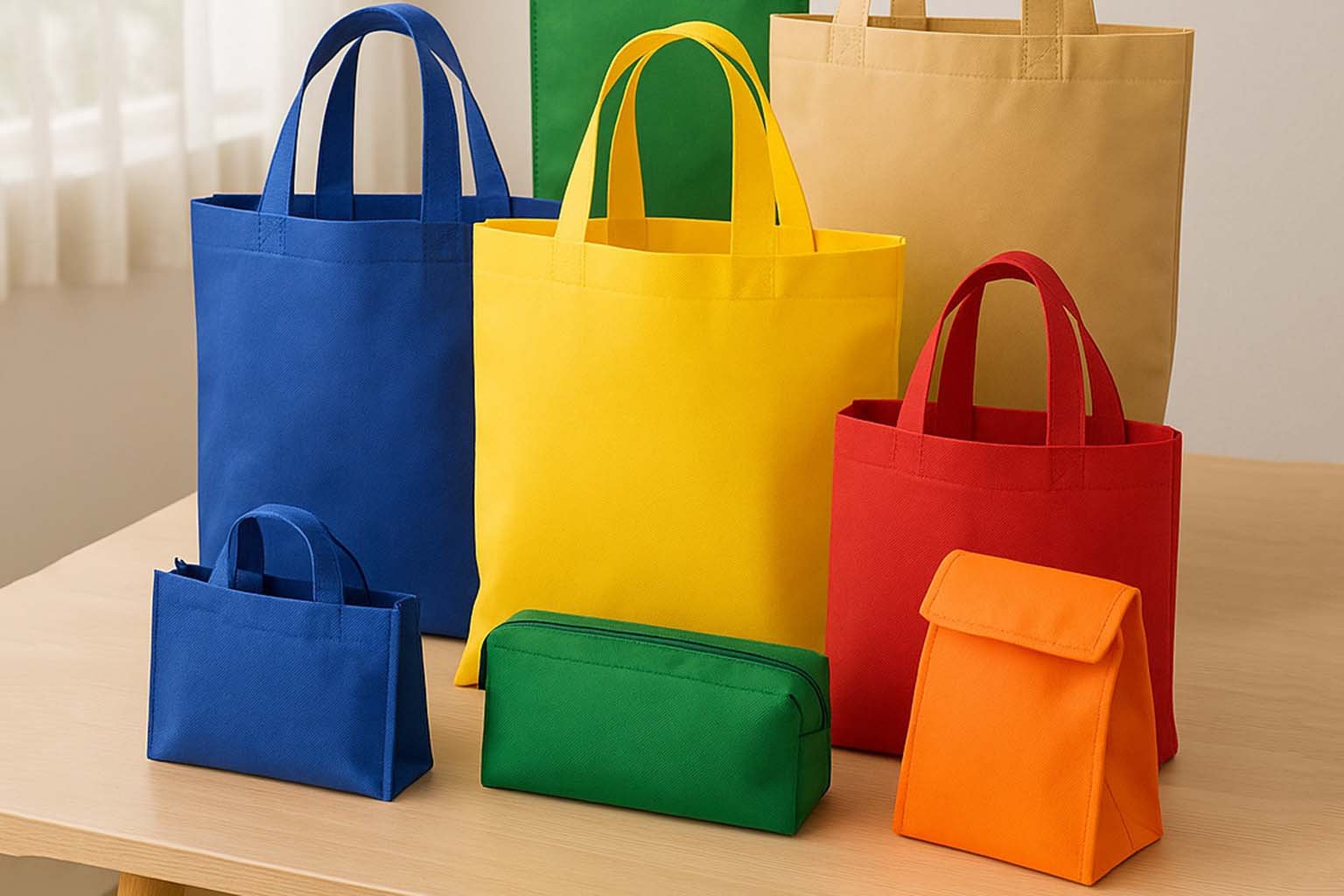
There are many different kinds of PP Ikke-vævede poser. Each one is good for a specific job.
Promo laminated non-woven tote bags
Simple tote bags are very popular. These often have lamination on them. This makes them water-resistant and good for printing. And the lamination also makes it not easy to tear. Companies print their logo on the non-woven bags as giveaways and it’s a walking advertisement.
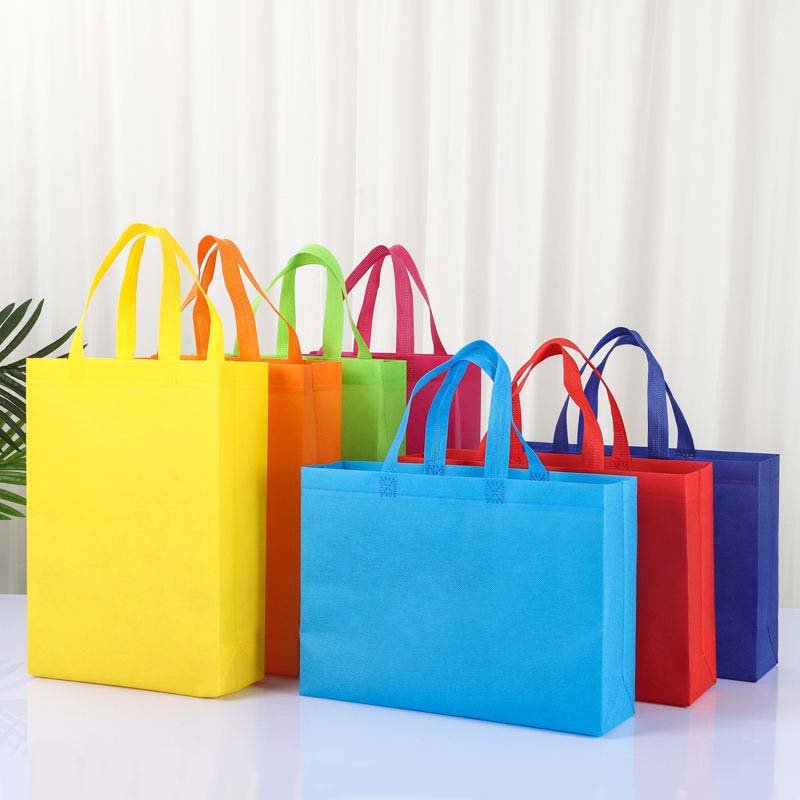
Non-woven polypropylene grocery bags
These are often the shopping tote bags. People use them for daily shopping, going to the grocery store, or farmers markets. They are stronger than plastic bags and can carry a good amount of weight for your groceries. I have seen these used a lot by supermarkets and retailers for their own branded bags.and I myself also has several such grocery bags.

Non-woven zipper bag
Zippered non-woven bags are common for storing things safely. They are often used as dust covers for clothes like uniforms,suits or wedding dresses. This keeps the clothes clean in closets. They are also widly used as a large bedding bags. But You also see smaller ones made for shoes or other small staffs.
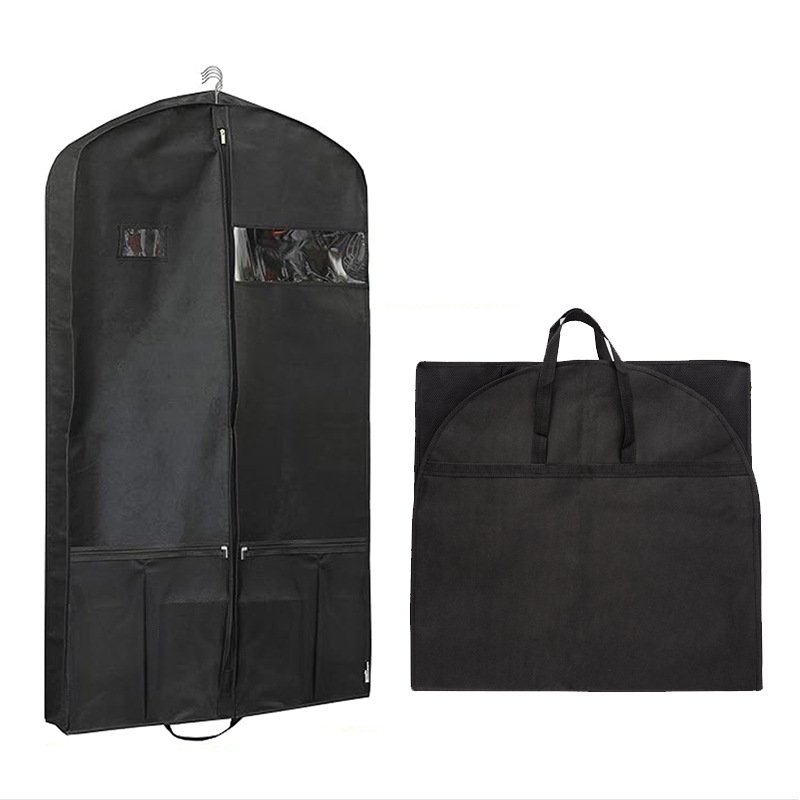
Non-woven drawstring bag
Drawstring non-woven bags are often used as simple backpacks or pouches. You pull a string to close the top. Companies use them for promotional events or sports activities. You can put samples or brochures inside them to hand out.if you have limited budget,this type of bag could be a nice choice.
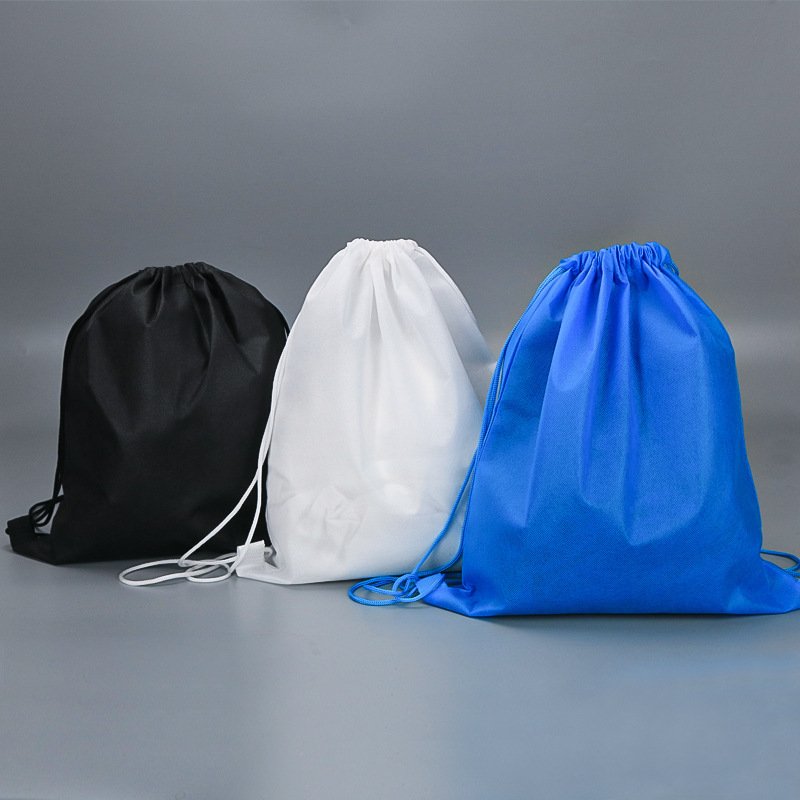
PP non-woven pillow bag
Non-woven pillow bags are made to store pillows and bedding neatly. They help keep these items clean and organized when you are not using them.
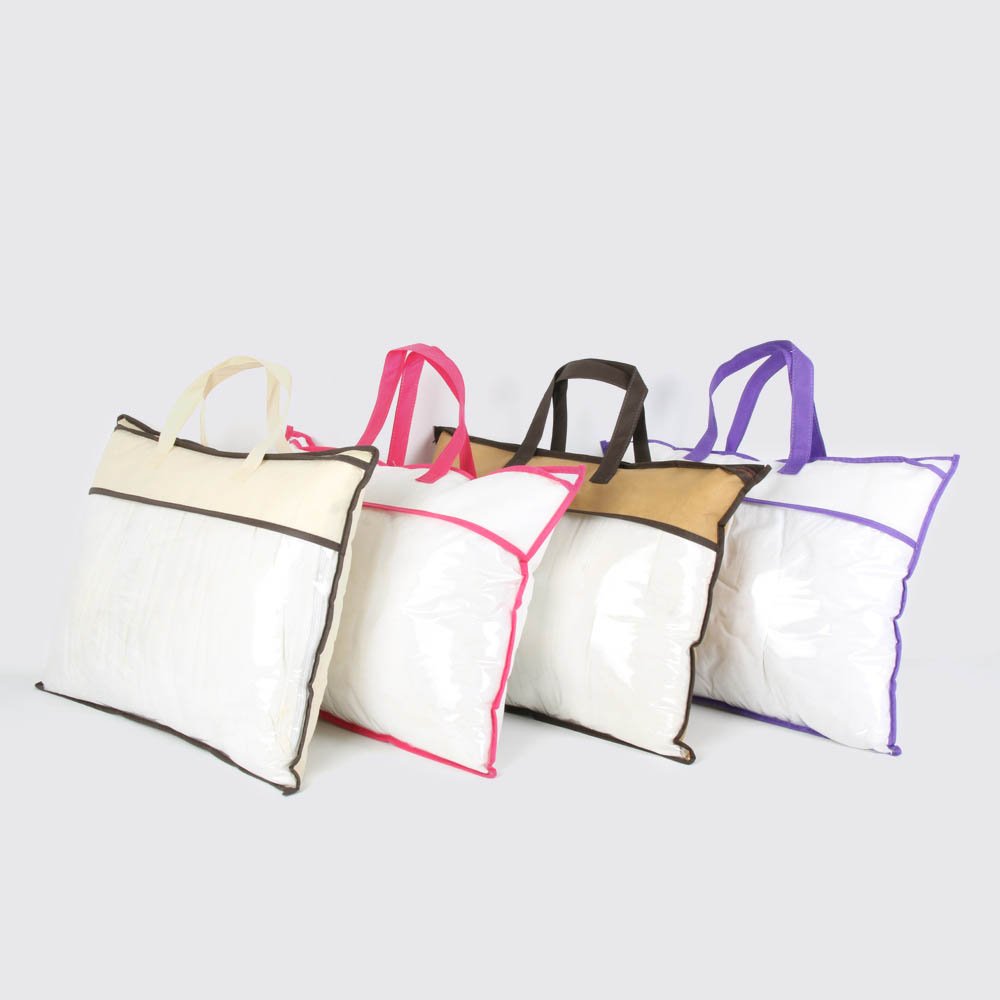
Non-woven t shirt bag
Non-woven T-shirt bags look like the thin plastic bags you get at checkout counters. They are made of the non-woven material. they are usually thinner than normal non-woven bags.So they are lightweight and good for carrying smaller items from a store.They are a priority subustitute for the plastic bags.
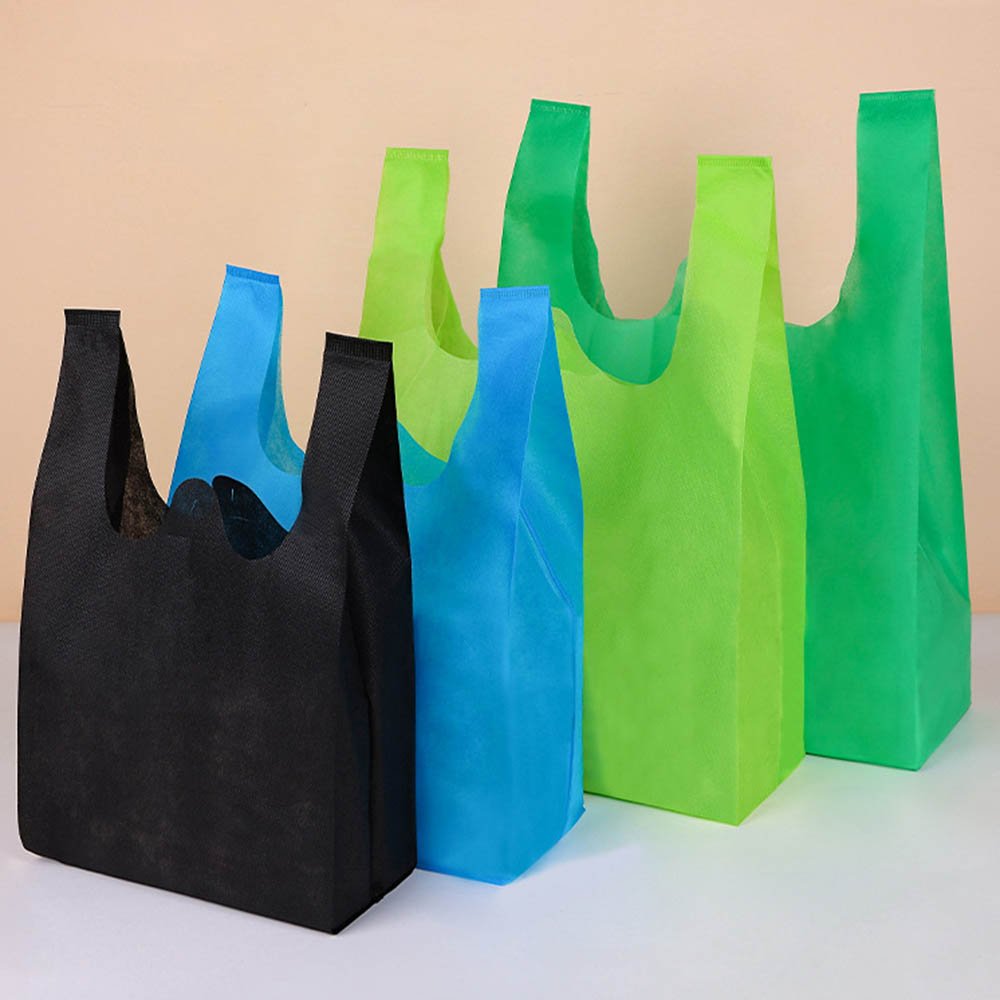
Foldable non-woven bag
Foldable non-woven shopping bags are very useful. They are made to fold up into a very small size. They often have a strap or pouch to keep them folded. This makes them easy to keep in your car or bag. It saves the space a lot and sometimes you can even hange it as a pendant.You have a reusable bag ready when you need it for shopping at the store.
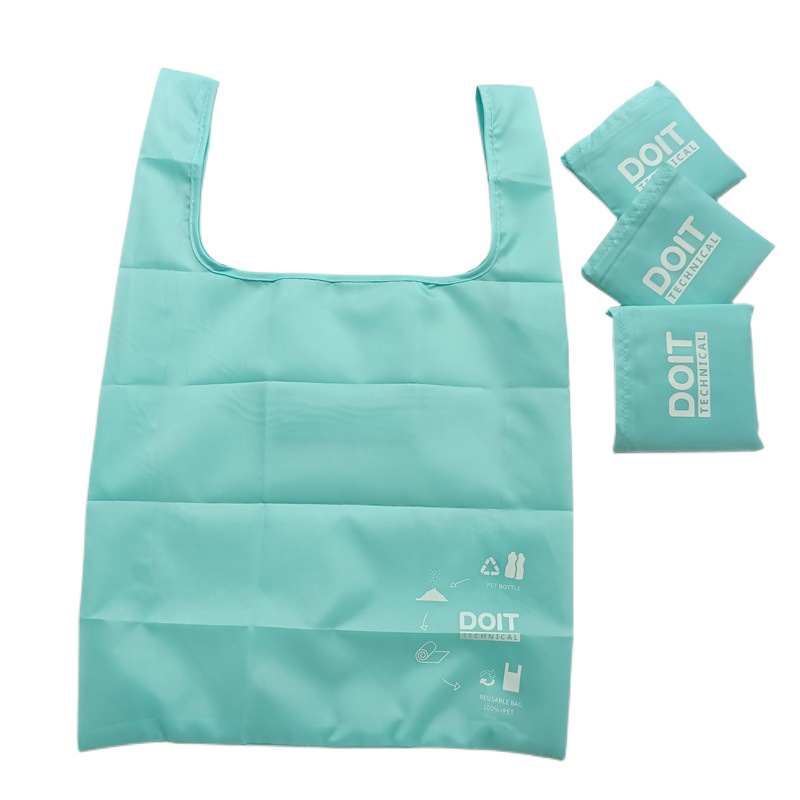
Non-woven Lunch bag
Insulated non-woven lunch bags are made by adding a layer inside. This layer is often pearl cotton or aluminum foil. This helps keep food hot or cold. Workers use them for packed lunches. Restaurants sometimes use them for food delivery too.You can choose different thickness of the liner to meet your request.
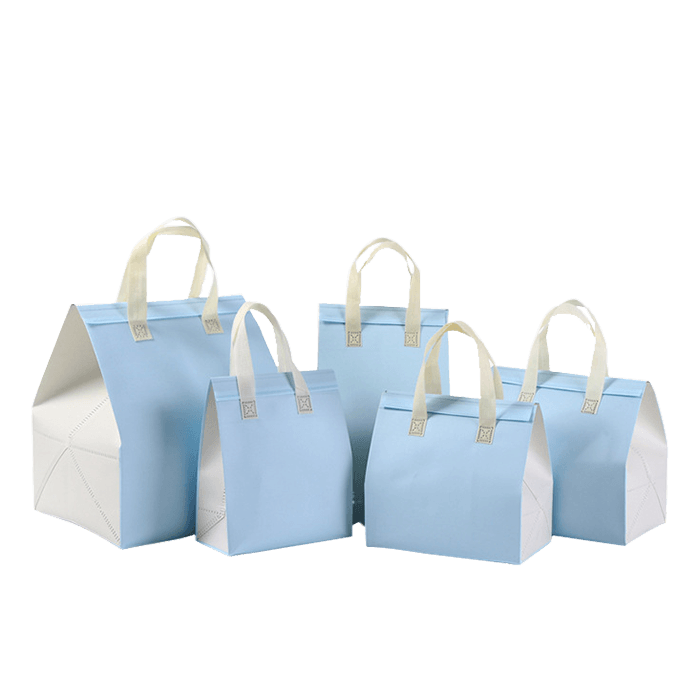
Are Innovations Shaping the Next Generation of Non-Woven Bags?
The world of bags is always changing. Are new ideas making PP non-woven bags even better for the future?
Yes, innovation is impacting non-woven bags. Manufacturers are looking into things like using recycled materials, improving the recycling process, and making bags more durable to increase their lifespan.
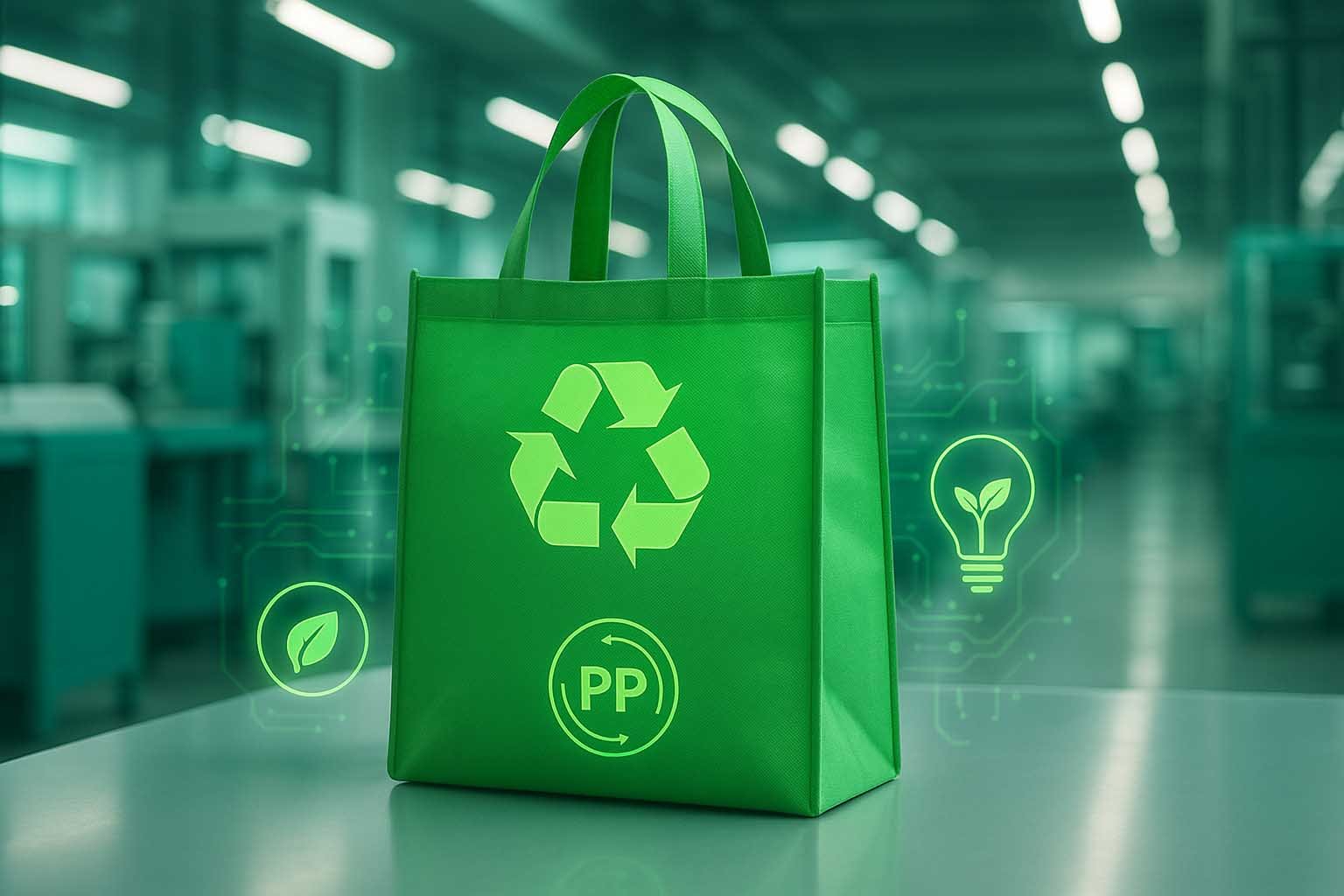
The industry is always looking for ways to improve products, and non-woven bags are no different. One big area of focus is trying to make them more sustainable. Since current PP non-woven bags are not biodegradable, people are looking at using recycled polypropylene4 to make new bags. This helps reduce the need for new plastic from oil. They are also exploring using bio-based materials, which might come from plants instead of oil, though this is still developing.
Another area is improving how the bags can be recycled at the end of their life. Making the materials easier to process or setting up better collection systems are part of this. I have seen some companies working on this, though it is still a challenge because of the material mix or dirt on used bags.
Making the bags even more durable is another goal. If a bag lasts longer, it gets used more times, which is better for the environment. This might involve using slightly thicker material or reinforcing stress points. Printing technology is also getting better. This allows for more complex and colorful designs on the bags, which is good for brands wanting to stand out.
Some innovations are about the bag’s function. For example, improving the insulation in lunch bags or finding new ways to make the bags fold up even smaller for easier carrying. People are also thinking about the texture and feel of the bags, trying to make them feel nicer or look more like natural fabrics. While the core material, polypropylene, stays the same for now, the way it is used and the bag’s features are definitely changing. The push is towards making them last longer and finding better ways to handle them when they are no longer usable. My hope is that we will see more widespread, easy ways to recycle these bags in the future. This would make them an even better choice.
Conclusion:
PP non-woven bags have clear benefits like cost and reuse, but their lack of biodegradability and recycling challenges are key drawbacks to consider.
-
Explore this link to understand the spunbonding process and its significance in creating strong, flexible materials. ↩
-
Learn about thermal bonding techniques and their impact on fabric durability and flexibility. ↩
-
Discover the characteristics and applications of fabric-like materials derived from plastics, including their advantages over natural fibers. ↩
-
Learn how recycled polypropylene is transforming the non-woven bag industry and reducing plastic waste. ↩


